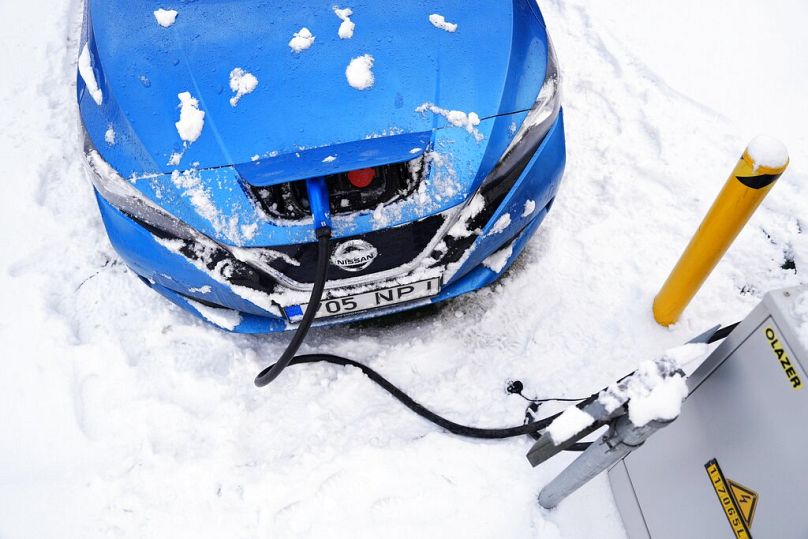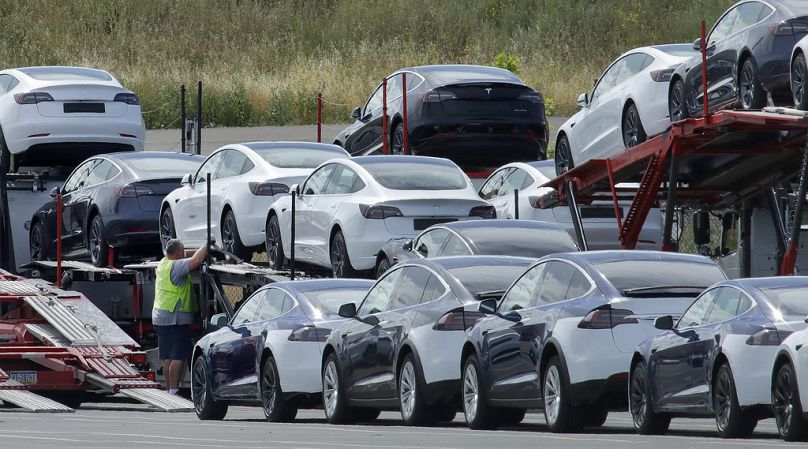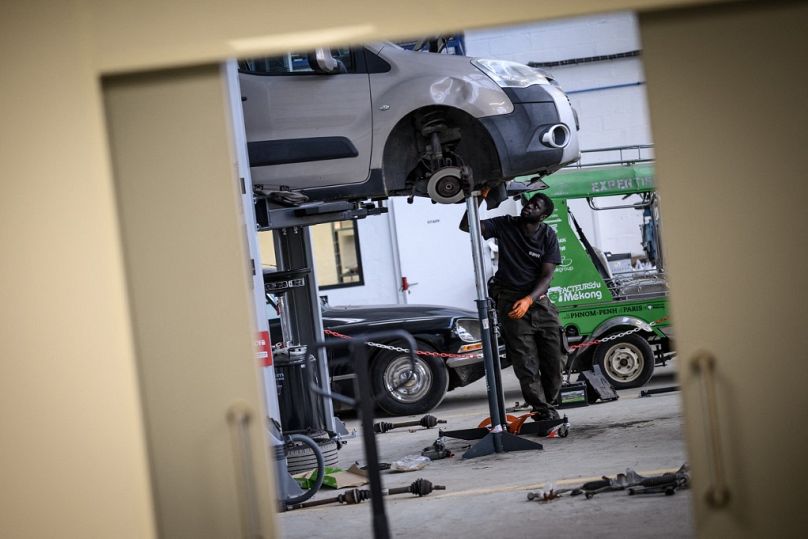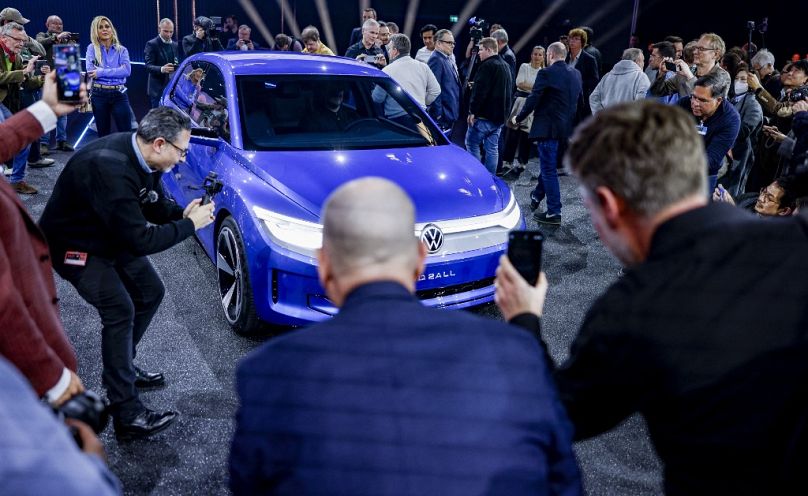There are plenty of implications of the 2035 deadline on European drivers, but for it to be affordable and sustainable in the long term, the maintenance and repair processes must be accessible, transparent, and effective, Derk Roodhuyzen de Vries writes.
With the EU pursuing exciting plans for zero-emission-only car sales by 2035, thousands more electric vehicles, or EVs, will populate European roads with each passing month.
The implications of this transition will affect every driver in Europe, and identifying who is bound to take on the necessary changes is crucial for the success of the transition.
The current lack of charging point availability is a well-covered issue, and while it’s certainly crucial, there are other important parts of EV infrastructure that must be considered, the accessibility of which must become a priority leading up to 2035.
With hundreds of thousands of new highly technical and hugely varied EVs entering the market each year, from dozens of different manufacturers all looking to establish themselves in Europe, the real challenge is that not enough people are talking about the maintenance and repair infrastructure needed to service them.
There are plenty of implications of the 2035 deadline on European drivers, but for it to be affordable and sustainable in the long term, the maintenance and repair processes must be accessible, transparent, and effective.
Europe’s infrastructure is still a long way from reaching its full potential
The accessibility of charging points is undeniably important.
As the most visible representation of EV infrastructure and key to the day-to-day running of EVs, their accessibility and availability are foundational requirements for the roads of 2035.
Millions more will be needed by the deadline, and local authorities will be responsible for partnering with the best providers of charging points, as well as setting up incentives for consumers and businesses to build and use them, such as Lidl did in the UK.
But just as drivers must have access to charging points, they must also be guided towards approved repair and maintenance options for their specific EV.
Repair shops have a great chance to ensure their continued success if they take the initiative when it comes to upskilling their workforce so they are trained and certified to safely work on high-tech EVs — whether it be general repair or specialising in certain models.
Car makers are on the line, too
For the manufacturers, successful sales in Europe depend on them taking responsibility for providing a selection of EV models and the appropriate aftersales that is attractive enough for consumers.
Otherwise, European drivers will have no incentive to move away from their ICE vehicles and the already established and accessible repair network for them.
To top this off, both the manufacturers (OEMs) and repair shops will need to be responsible for coordinating with partners who can guide customers to the most appropriate repair shops, establish a supply chain of the EV parts needed, and facilitate the repair process to ensure the best customer experience possible.
Once they’ve ensured European drivers have access to a satisfactory aftersales experience, new manufacturers will be able to establish themselves in Europe and build trust and loyalty with customers.
Sustainability and affordability are on buyers’ minds
For most EU citizens, affordability is paramount. While EVs have traditionally been more expensive, the cheapest EVs are now very close to petrol or diesel cars in terms of price parity.
Servicing and maintaining electric cars should be more affordable in the long term. Repairs are far less frequent due to fewer moving parts, but each EV repair can often be more expensive.
With complex sensors all over EV frames, parts are often replaced and not repaired.
For this process to be cheaper and more sustainable, body repair shops must have access to a marketplace with parts and paint suppliers, as well as training, data and tech solutions.
This will ensure that repair shops can upskill and learn how to make repairs without constantly needing to replace parts.
Whose job is it anyway?
Europe’s automotive industry has a long way to go before it’s ready for 2035, but it’s certainly very achievable so long as the key actors understand what changes need to be made and where.
The infrastructure — from charging points to aftersales care — needs a significant overhaul before it is ready for the upcoming generation of vehicles with incredible technical differences compared to the ICE vehicles today’s infrastructure is designed for.
Once these improvements are made, it’s not just the continued operation of EVs that will benefit hugely, but also the ability of manufacturers to establish themselves successfully in the European market.
This is sure to happen once the aftersales process can ensure a high enough level of customer satisfaction by meeting the needs of the EV drivers without burdening them with additional costs.
It’s action time
The 2035 deadline is within reach if the automotive industry chooses to embrace more digital ecosystems, infrastructures, and marketplaces.
This will level the playing field, enabling new manufacturers to have fewer barriers to entry in Europe, as they will no longer need to set up everything themselves.
It also means that all players will have increased transparency, efficiency, and scalability.
It is time to take action and make the changes necessary to reach this ambitious milestone.
Derk Roodhuyzen de Vries is the CEO and Co-Founder of Fixico, Europe’s leading digital car repair management platform.
At Euronews, we believe all views matter. Contact us at [email protected] to send pitches or submissions and be part of the conversation.


















